Microsoft is blowing Edge's last chance to succeed
3 min. read
Published on
Read our disclosure page to find out how can you help MSPoweruser sustain the editorial team Read more

As with most of Microsoft’s attempts to start over it seems Edge will never reach the heady heights of market share that Internet Explorer, despite its reputation, managed to achieve.
The reason, of course, is due to intense competition from Google’s Chrome, who has an established network effect due to good support from websites, extension developers and a presence on the iPhone and Android.
There is, however, one area which is very neglected by Google and which should be a natural fit and area of excellence of Edge and that is as the browser of choice in Windows 10 tablet mode.
Unfortunately, Microsoft has been severely neglecting this area, with little to no accommodation being made to make the browser finger-friendly.
The header image above is the latest Insider version of Edge in tablet mode, and below is the same view in both tablet and desktop mode.
What is clear is that there are no visible changes between the two modes for the browser, which is somewhat crazy. Touch targets are still the same size, relatively small and cluttered. Besides being able to swipe to go back and forward there are no special gestures to make it easier to navigate. Favourites and History are still hidden behind a cryptic icon which produces a confusing to navigate panel.
There is not even a change in the user agent of the browser which is:
Mozilla/5.0 (Windows NT 10.0; Win64; x64) AppleWebKit/537.36 (KHTML, like Gecko) Chrome/58.0.3029.110 Safari/537.36 Edge/16.16257
This means even in tablet mode the browser requests the full desktop version of a website, which itself will not make any accommodation to being finger-friendly, making the whole thing rather futile.
Convertible Windows 10 laptops are one of the few growth markets for PCs, but Microsoft is not doing much to encourage this, with tablet mode a very neglected part of the OS. Microsoft could do a lot better, or will be at risk once again of being overtaken by Google, who could easily recognize tablet mode in their own browser and offer a much-improved experience.
The biggest insult is of course that Microsoft has been here before, and produced an excellent tablet version of the IE11 desktop browser for Windows 8.
It featured low resource usage, large touch targets and excellent adaptation to finger use. As usual, Microsoft is once again trying to catch up with itself and failing.
Do our readers agree? Let us know below.





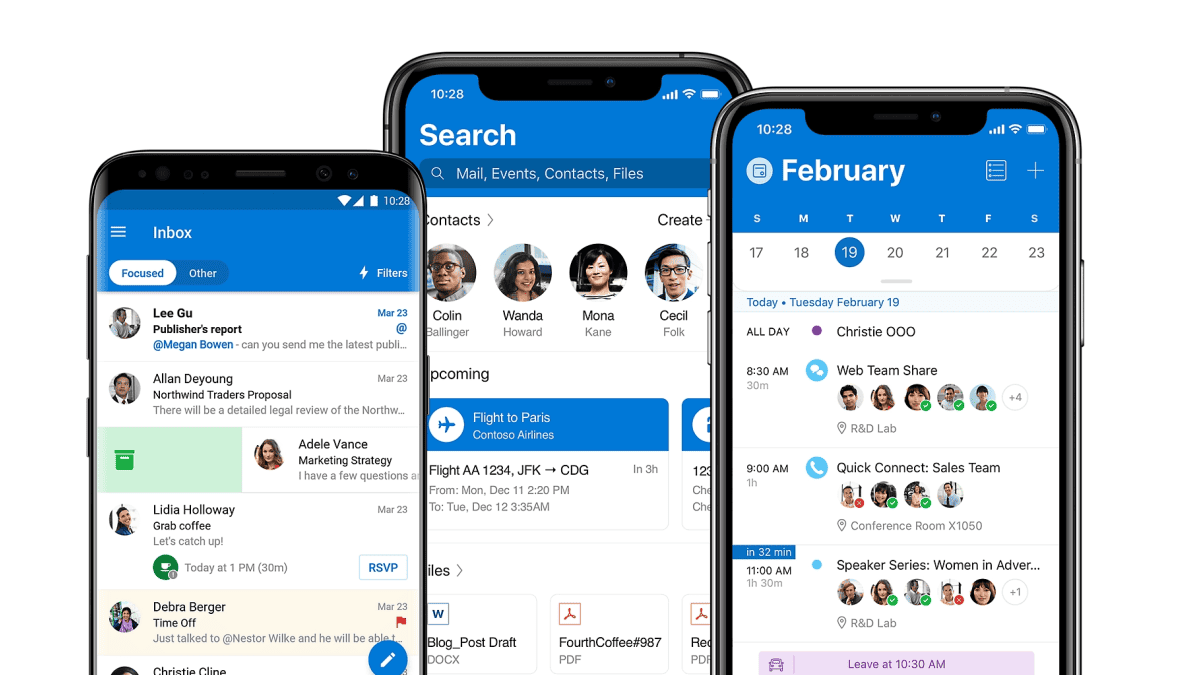
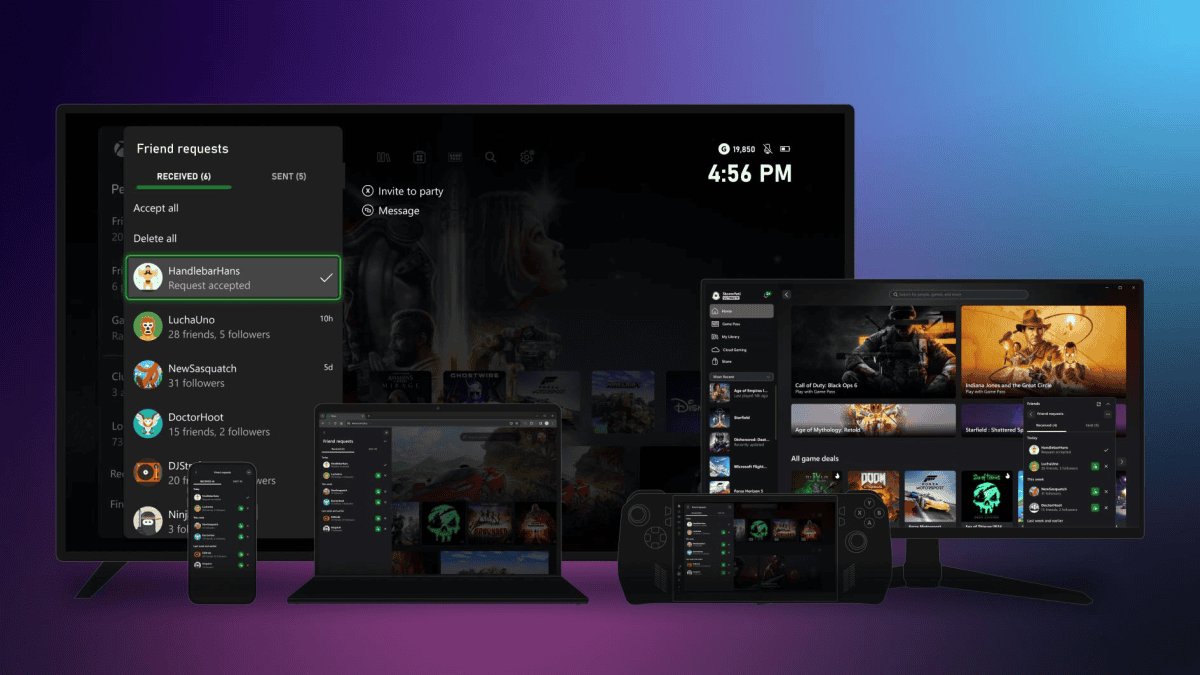
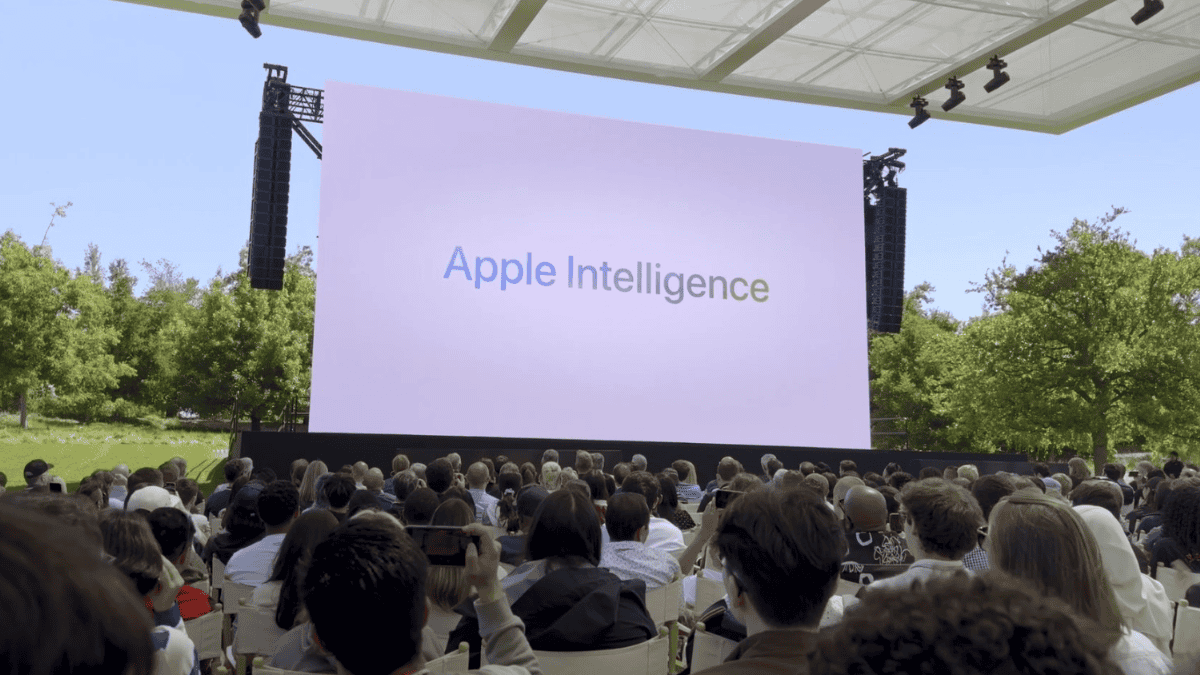
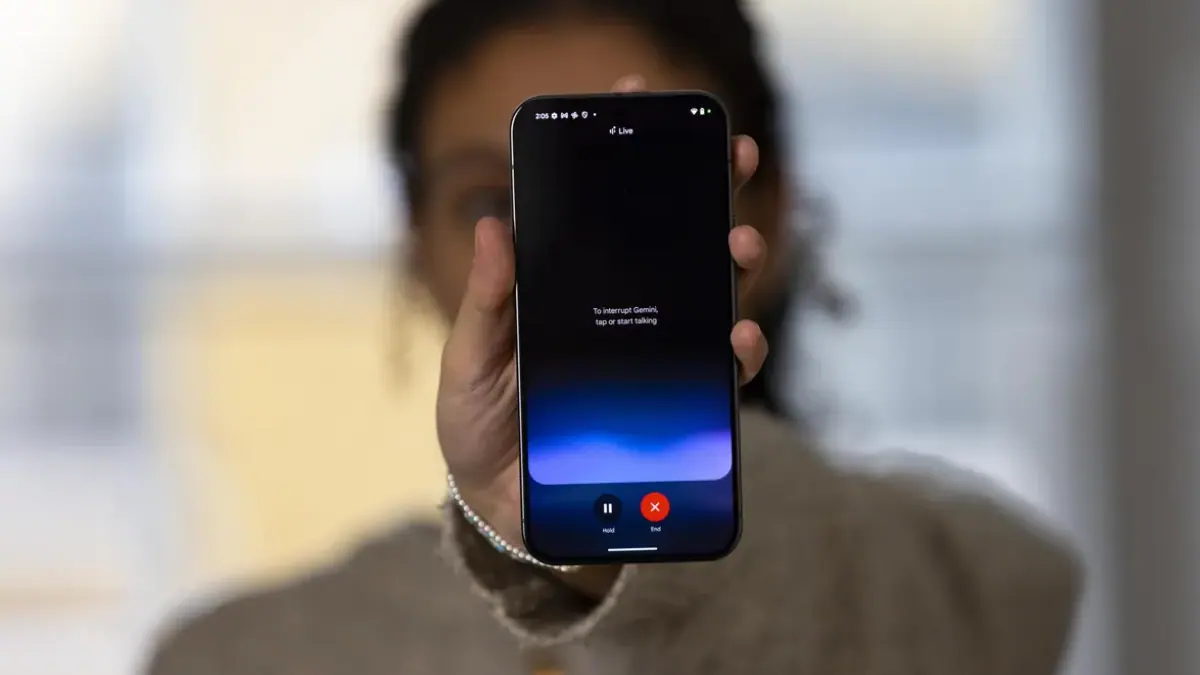

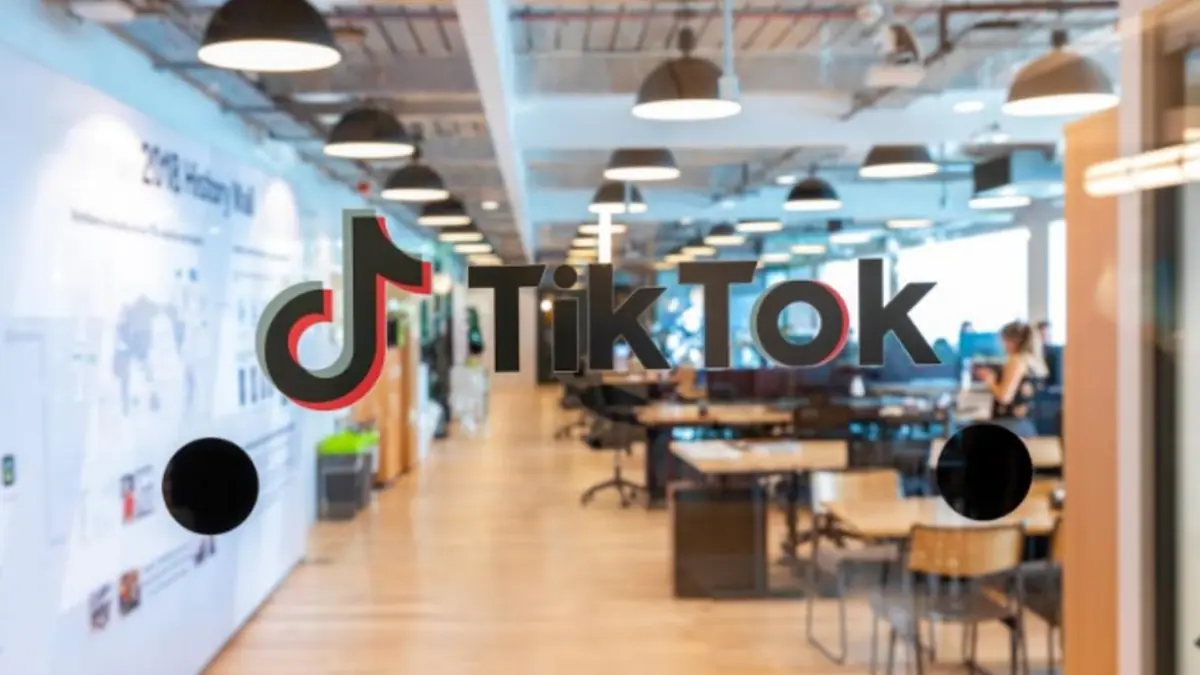
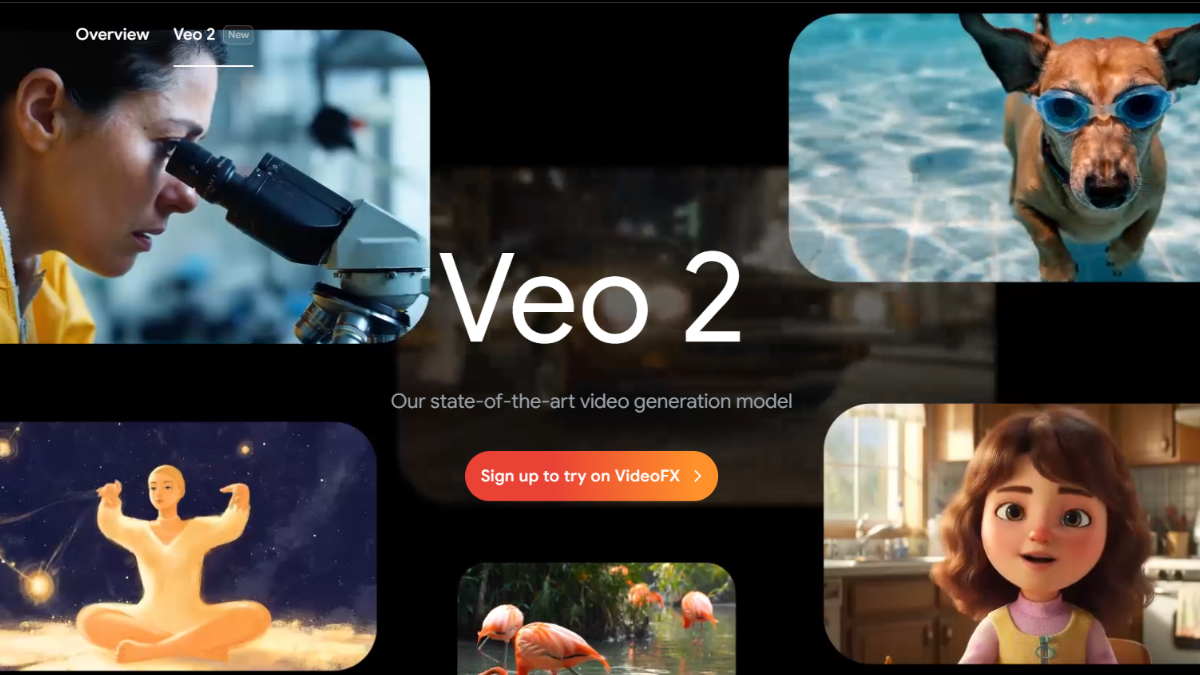

User forum
0 messages